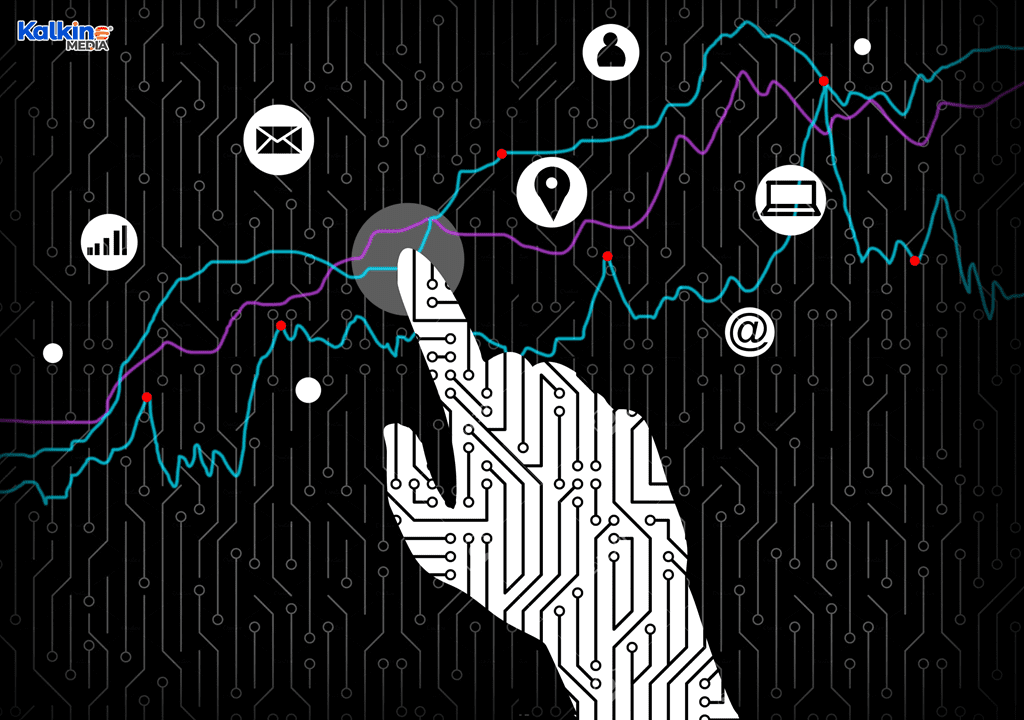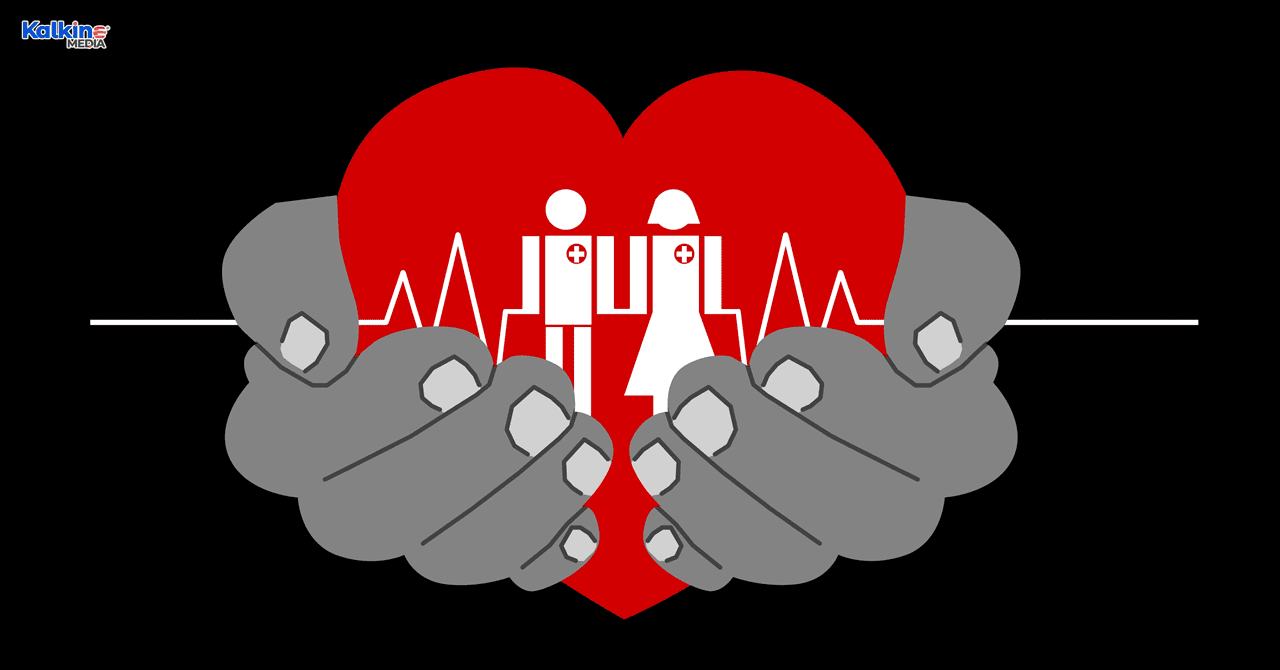HEALTHCARE
Five healthcare trends that are here to stay in 2022

WORDS: Kunal Sawhney, CEO, Kalkine Group PHOTOGRAPHY Kalkine Media
The healthcare sector has experienced some radical changes over the past year amidst pandemic-induced disruptions. As the worst-case scenario ensued with the outbreak of COVID-19, the healthcare industry had to improvise and adapt to changing headwinds. These stressful conditions emphasised the need for a robust healthcare system that is well-prepared for emergencies. Another byproduct of the changing environment has been some fresh developments in the healthcare space that have facilitated the efficient outflow of services during lockdown restrictions.
As healthcare institutions gradually recover from the pandemic-driven slowdown, they continue to discern different ways to better integrate technology into the provision of healthcare services, all while developing a vaccine. This has led to the emergence of some interesting and unique healthcare trends that could catch on in the coming years, even as restrictions ease and pandemic fears subside.
Let us take a quick look at these healthcare trends below:
GOOD READ: Four mid-cap healthcare stocks to look at in 2022
A Telehealth Revolution
The increased usage of telehealth services seen during the pandemic era is likely to remain in 2022 as well. As the virus sees no end in sight, medical corporations could have little or no choice but to incorporate the scenario of intermittent lockdowns into the healthcare supply. Most corporations are developing telehealth models that limit physical engagement between the patient and doctor in case of non-emergency situations.
Telehealth is emerging as a convenient option for both doctors and patients seeking help in current precarious circumstances, given its time saving and safety traits. Having observed its efficiency throughout the past year, medical professionals and patients are likely to turn to a digital supply of services even if the pandemic takes a backseat.
Remote Patient Monitoring
Another trend that is likely to take centerstage this year is remote patient monitoring (RPM). This essentially involves equipping patients with monitoring tools that can be implanted or placed around the body to detect changes. Some examples of these wearable tools include blood pressure cuffs, sensors and other data-collecting devices that can provide real-time information to doctors.
With these mobile tracking devices, patients save the hassle of visiting the doctor for regular checkups. The RPM technology is groundbreaking for patients recovering from intense medical procedures and a cost-effective way of delivering medical services.
Re-modelling Supply Chains
A globally persistent problem during the pandemic has been supply chain constraints that have aggravated inflationary pressures across the world. As most nations were handicapped following the blocking of the Suez Canal last year, the severe lack of domestic supply became a hot topic of discussion among major countries. Most countries were relying on international imports to suffice their need for medical equipment during COVID-19. Meanwhile, PPE kits, ventilators and other essential machinery were at stake when the supply chain broke down.
Industries are increasingly acknowledging this problem, including the healthcare sector which tops the list of sectors that need urgent supplies. Companies are shifting to risk mitigation, which allows them to identify shortages well ahead of time.
Incorporating robotics into surgery
Taking the help of artificial intelligence and smart robotics in delivering medical care is not a new phenomenon. However, as labour shortages and high management cost became increasingly persistent during the pandemic, robotic surgeries are gaining further prominence.
The vast amount of technical expertise required within the medical field can be minimised with the help of robotic surgeries. These surgeries provide greater accuracy and faster operating speed. Some of these robotic tools have also been integrated into other healthcare operations, such as sanitising the hospital stations, transportation, and patient interaction. Additionally, robotics has found an imperative role in smoothening the supply chain by keeping track of inventory and providing sourcing models.
Strengthening Data Laws
Cybercrime has become a gradually resonating phenomenon amid the increasing dependence of humans on technology. Most cybercrimes in the field of healthcare have come in the form of data breaches. The previous year saw a massive uptick in the number of healthcare-related data breaches that have sparked global concern on the issue.
As data assimilation and traction become a common trend, hackers are finding innovative ways of accessing large information. Thus, hospitals and medical organisations have realised the pressing need to build a secure network of data that does not compromise the privacy of individuals. One can expect the healthcare industry to boost data security this year to prevent cyber-related crimes.
In a nutshell, the technological offerings from the previous year would not relieve the healthcare sector of upcoming fundamental challenges in 2022. However, building on these challenges would allow the industry to give birth to some new trends that can potentially last across coming generations.
GOOD READ: A look at two major acquisitions in Australian healthcare sector












